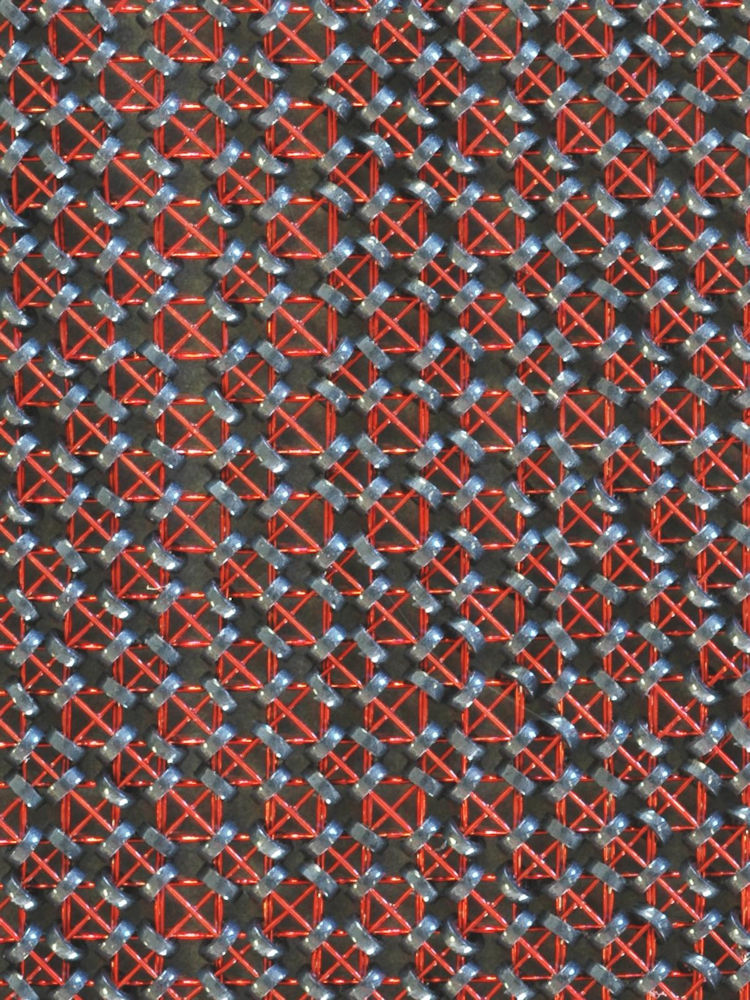(Technology): Memory Core |
|||

| Extract from WIKIPEDIA: Magnetic-core memory was the predominant form of random-access computer memory for 20 years between about 1955 and 1975. Such memory is often just called core memory, or, informally, core. Core uses tiny magnetic toroids (rings), the cores, through which wires are threaded to write and read information. Each core represents one bit of information. The cores can be magnetized in two different ways (clockwise or counterclockwise) and the bit stored in a core is zero or one depending on that core's magnetization direction. The wires are arranged to allow for an individual core to be set to either a one or a zero and for its magnetization to be changed by sending appropriate electric current pulses through selected wires. The process of reading the core causes the core to be reset to a zero, thus erasing it. This is called destructive readout. When not being read or written, the cores maintain the last value they had, even when power is turned off. This makes them nonvolatile. Using smaller cores and wires the memory density of core slowly increased, and by the late 1960s a density of about 32 kilobits per cubic meter was typical. However, reaching this density required extremely careful manufacture, almost always carried out by hand in spite of repeated major efforts to automate the process. The cost declined over this period from about $1 per bit to about 1 cent per bit. The introduction of the first semiconductor memory SRAM chips in the late 1960s began to erode the core market. The first successful DRAM, the INTEL: 1103 which arrived in quantity in 1972 at 1 cent per bit, marked the beginning of the end of core. Improvements in semiconductor manufacturing led rapid increases in storage and decreases in price that drove core from the market by around 1974. |